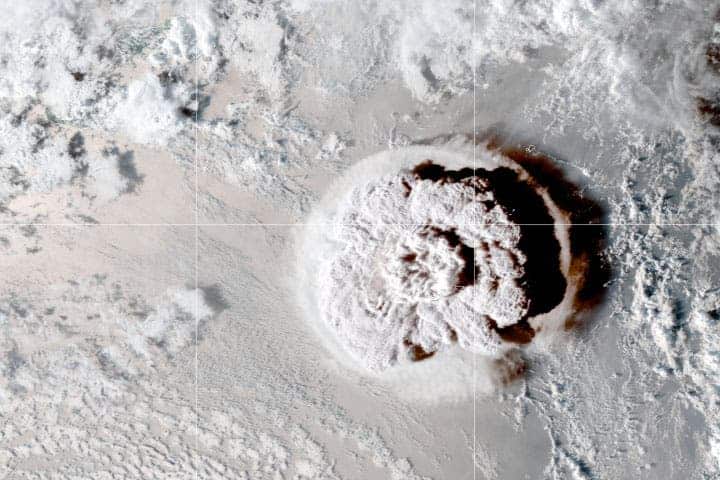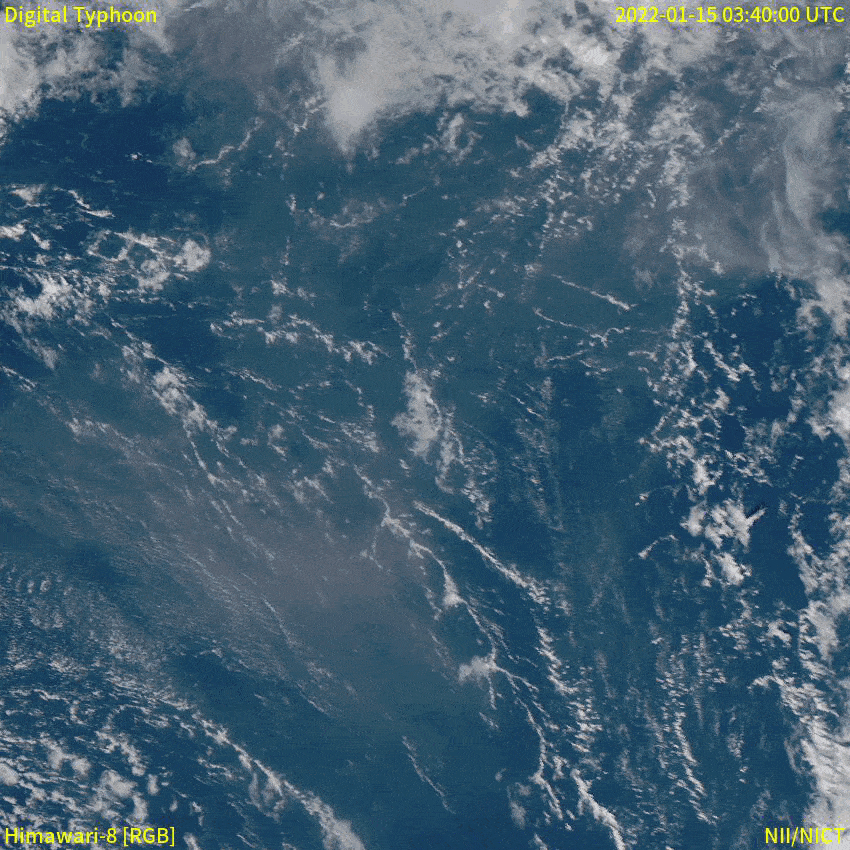
A new analysis has verified that the eruption of the Hunga Tonga-Hunga Ha’apai undersea volcano in January 2022 was among the most explosive volcanic eruptions ever recorded. It was the largest volcanic eruption of the 21st century and also the largest eruption since the 1883 eruption of Krakatoa.
The study, led by scientists from the University of Bath in the UK, and published in Nature, uses extensive satellite data and ground-level observations to demonstrate that the eruption was exceptional in terms of its magnitude and speed as well as the range of the quickly moving gravity and atmospheric waves it produced.
Hunga Tonga erupted on January 15 of this year after a string of lesser eruptions that started in December 2021, creating a vertical plume that rose more than 50km (30 miles) above the earth’s surface. The eruption triggered a tsunami so severe that it killed two people in Peru and injured two more in California — despite being thousands of miles away.
In addition, the explosion caused waves in our atmosphere to circle the globe at least six times and accelerate to the fastest speeds ever recorded in our atmosphere: 320 meters per second (720 miles per hour).

“This was a genuinely huge explosion, and truly unique in terms of what’s been observed by science to date,” said lead author Corwin Wright, Royal Society University Research Fellow based at the Centre for Space, Atmospheric and Oceanic Science at the University of Bath. “We’ve never seen atmospheric waves going round the whole world before, or at this speed – they were traveling very close to the theoretical limit.”
“Our study nicely shows how the striking display of global waves is driven by the huge amounts of seawater vaporized during the eruption,” said co-author Scott Osprey from the National Centre for Atmospheric Science, based within the Department of Physics in the University of Oxford. “However, my gut feeling is that there is more to come from this eruption. As the exceptional amount of water vapor spreads throughout the stratosphere, eyes will turn to the Antarctic ozone hole and just how severe it will be in the spring.”
The authors of the research state that this is the first time in the observational record where a single event dominated such a vast area, and that it will assist scientists with future predictions.
“The eruption was an amazing natural experiment,” Wright said. “The data we’ve been able to gather on it will enhance our understanding of our atmosphere and will help us improve our weather and climate models.”


